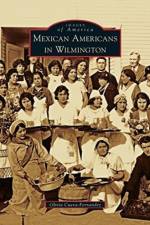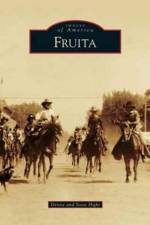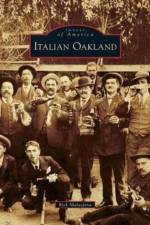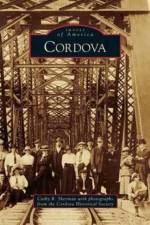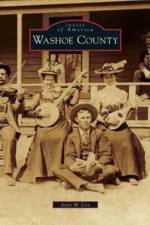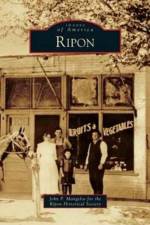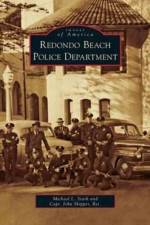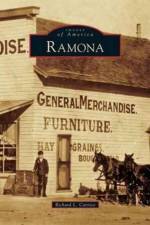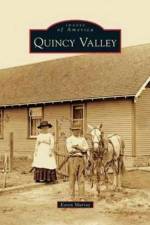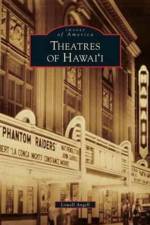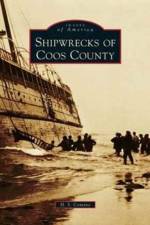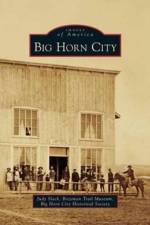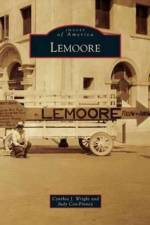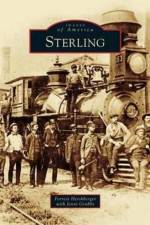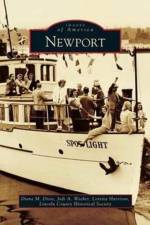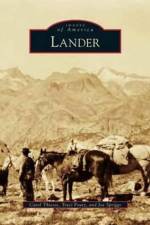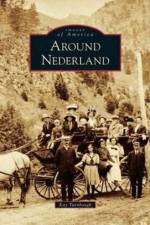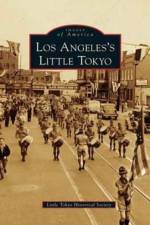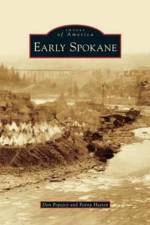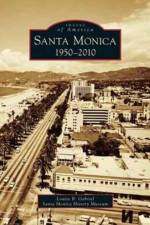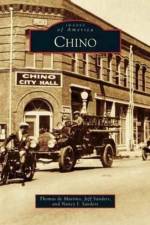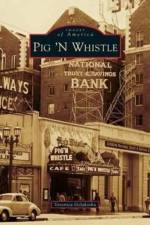av Olivia Cueva-Fernandez
385,-
Under Spanish, Mexican, and U.S. flags, the Los Angeles harbor area has developed many industries and businesses that survived on Mexican labor, supporting families of Mexican origin for more than a century. Pioneering Mexican Americans have worked the railroads, fields, canneries, plants, refineries, waterfront, and family-owned businesses for generations, forming strong bonds and lifelong friendships. Active in the military and sports, as well as involved in the church and community, Mexican Americans have overcome poverty, hardships, and discrimination, retained cultural values and customs, intermarried and assimilated with other cultures, and become the largest ethnic group in Wilmington. Many of the early families still have relatives that live and work in Wilmington, with sons and daughters achieving successful careers in various realms. Through education, hard work, and determination, Wilmington's Mexican Americans have contributed extensively to the harbor's vibrant American way of life.

